READY TO GET STARTED?
REQUEST A FREE ESTIMATE
Fill out the form below or call (888) 466-7849 for a free, no-obligation estimate.
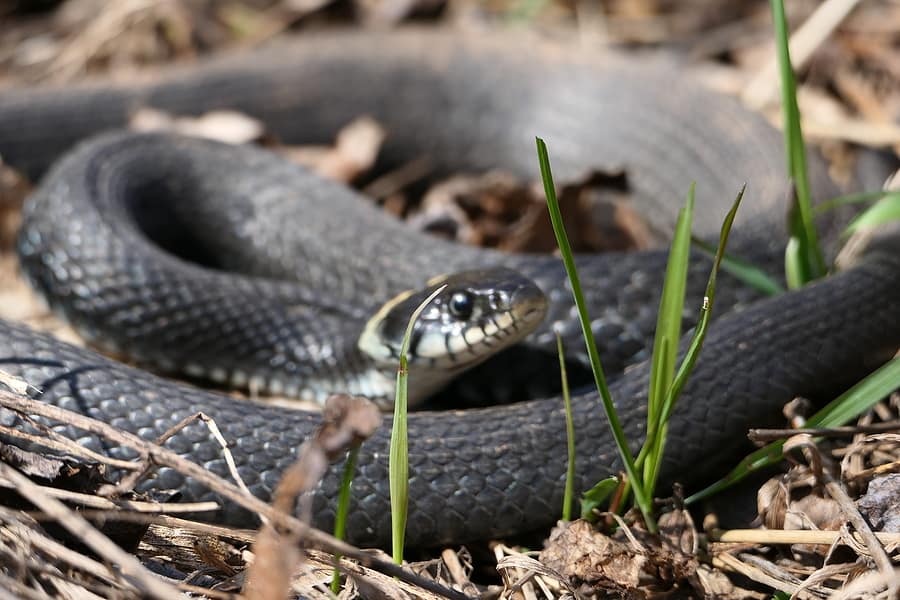
As the season shifts from summer to early fall, cooler weather is around the corner. Many pests begin the hustle and bustle of preparing for winter – scavenging and storing food, finding a place to hibernate, or making their way into your home to overwinter. This time of year sees an increase in one pest in particular – snakes! Fall is a time for high snake activity and encounters with humans become more common.
There are many reasons snake control is important in the fall. As the leaves begin to change colors to red, orange, and brown and fall to the ground, they provide the ideal camouflage for snakes. Fall is also the time snakes begin to prepare for brumation and/or hibernation. Most snake species breed in the spring and eggs are hatched by the time autumn rolls around. These juvenile snakes are curious and more likely to be seen by humans. There are 6 venomous snake species in the southeastern United States and each of them actually breed in the fall. This means this time of year males will be actively seeking females to breed with, increasing your chance of an encounter with them. Overdevelopment in many areas has also depleted the natural habitats of many snakes, also increasing their chances of encounters with humans.
Because we see such an increase in snake activity during the fall, snake control becomes much more important. Here are some of our favorite snake prevention tips you can utilize this snake season.
Are Mosquitoes Still Active in the Fall?
What Attracts Centipedes To Your Home?
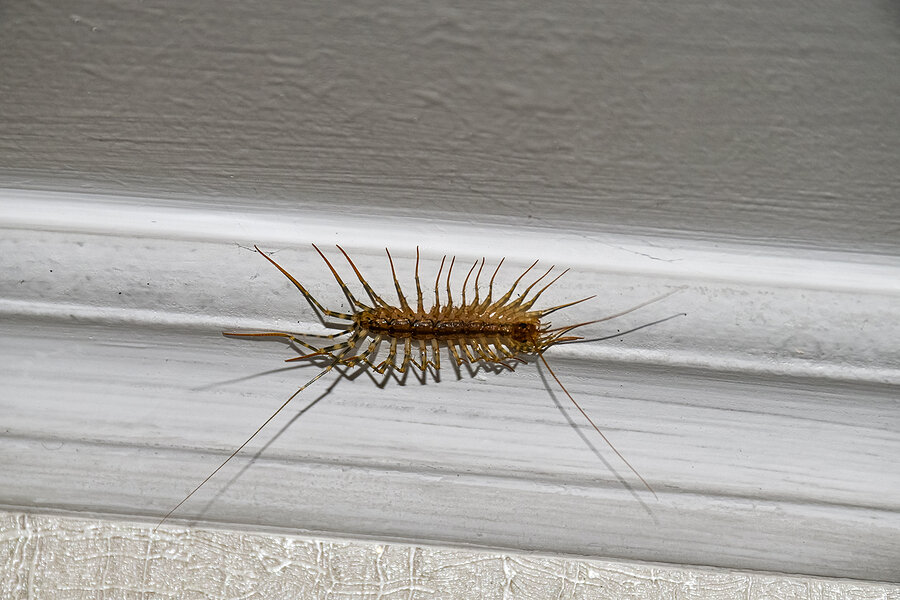
While centipedes can be unsettling to find in your home, they aren’t actually harmful to humans and can be quite beneficial to have around. Centipedes will eat almost any other kind of bug (even other centipedes!) and can help keep other pest populations down. While they can bite humans, these instances are rare. They also don’t cause damage to your home. How do you know if you’re just seeing a random bug or if you’re dealing with a full-fledged infestation? Here are some common signs of a centipede infestation.
The most common sign of a centipede infestation is seeing them in your home. Centipedes are yellow to dark brown with elongated bodies, about 1″ to 1-1/2″ in length. They also have dark stripes running down their backs. They can have up to 15 pairs of legs extending from their bodies with their hind legs longer than the other legs (often mistaken for antennae). Centipedes are usually seen at night and are commonly found near damp areas of your home.
Centipedes will eat other bugs like ants, roaches, spiders, bed bugs, and silverfish. As the populations of these other pests increase in and around your home, so will centipedes looking for a meal. On the flip side, seeing an increased number of centipedes in your home could also indicate you have a problem with other pests, as well.
Centipede infestations are more common in spring and fall than they are in summer and winter. Spring is the time of year when centipede eggs hatch. Any overwintering pests that have laid eggs inside your home will emerge in abundance when the weather warms up. Centipedes also become more prevalent in the fall when temperatures start dropping. They can’t survive temps below freezing so they will make their way indoors looking for warmth and shelter during the winter. They are especially attracted to moisture and will often be found in basements and bathrooms.
Centipedes can get into your home through cracks in the exterior or in foundations. Once inside, they’ll then hide out in dark damp places, such as drains, cracks, crevices, bathtubs, and sinks.
Getting rid of centipedes can be a challenge. If you have a problem with centipedes in your home, try:
Termite Control Tips for Summer
Why Do I Have Ants in My Kitchen?
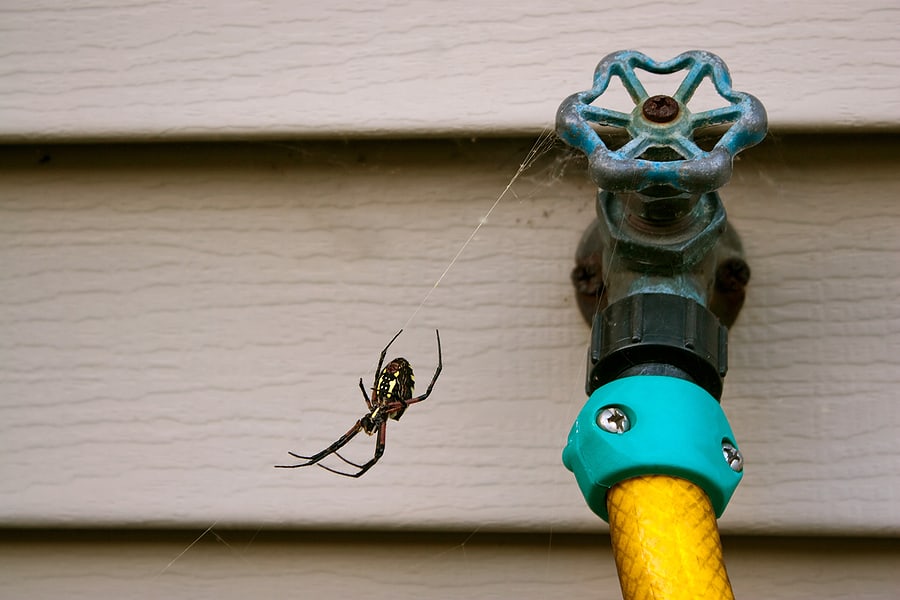
Although spiders are considered a year-round pest, they become more visible and active in the spring. Overwintering pests like spiders emerge as the weather warms up to lay eggs for the approaching season. Spiders are predators, preying on smaller insects for food. They are usually not a huge threat to humans with only a few venomous species in our area. In fact, they can be quite beneficial to have around your home, working as a form of natural pest control by eating other insects you may have around.
If the thought of sharing your home with spiders creeps you out, don’t fret! Here are some spider prevention tips you can use this spring to help keep these pests out.
Protecting Your Pets from Fleas and Ticks
What Happens During the Bee Relocation Process?
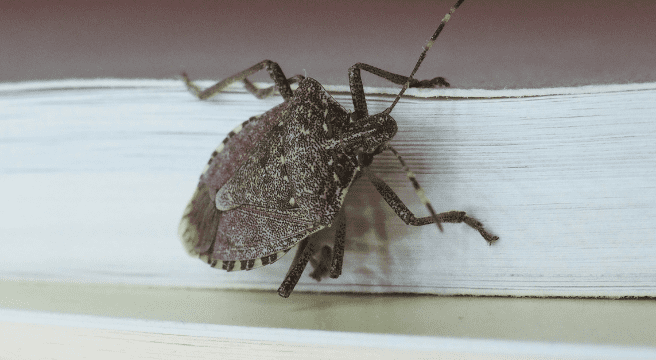
Have you ever seen those armor-shaped bugs on the walls in your home? If yes, then you have a stinkbug problem. These bugs are attracted to warmth and are in search of protected, overwintering sites where they can enter houses in large numbers. With the right preventative measures placed throughout your home, these pests can be put to a stop.
Stinkbugs are an invasive species that tend to release an odor when disturbed or crushed. These foreign pests are native to China, Japan, Korea, and Taiwan and were first identified in the States in the late 90’s. While these overwintering pests do not possess any real threat to humans, they can become a nuisance when an infestation occurs.
Stinkbugs are known to feed on a variety of host plants, including fruits (e.g., apples, peaches, figs, apricots, and persimmons), many ornamental plants, and weeds. While these pests don’t spread disease or cause structural damage, they are considered more of a nuisance to people if they make their way indoors. Stinkbugs prefer moist, mild climates and can be found in bathrooms and kitchens. Stinkbugs spend the spring and summer seasons outdoors then will seek shelter from the winter elements indoors.
During the winter months, stinkbugs go into a phase known as diapause, which is like hibernation, where the bugs go inactive during the chilly weather. When the stinkbugs find a spot to overwinter, they release a pheromone that attracts other stinkbugs to their location. While they typically stay dormant until spring, unusually warm spells during the winter can bring them out full force.
If you meet stinkbugs in your home, the best way to get rid of them is to vacuum them up and immediately dispose of the bag. When stinkbugs are threatened, disturbed, or squashed, they emit a smell that has been described as anything from cilantro to rotting almonds to spoiled fruit. The best way to prevent stinkbugs is to ensure that all cracks, crevices, gaps, or holes in your foundation are fixed. They can also enter through chimneys, air conditioning vents, or underneath house siding. Check these areas throughout your house to make sure there are no openings or gaps to help prevent them from entering.
If you suspect you have a problem with stinkbugs, contact a professional local pest control company who can help identify any entry points pests may be using and provide a treatment plan to eliminate them. They can also use a preventative spray in the late summer/early fall to help keep them out before the overwintering season sets in.
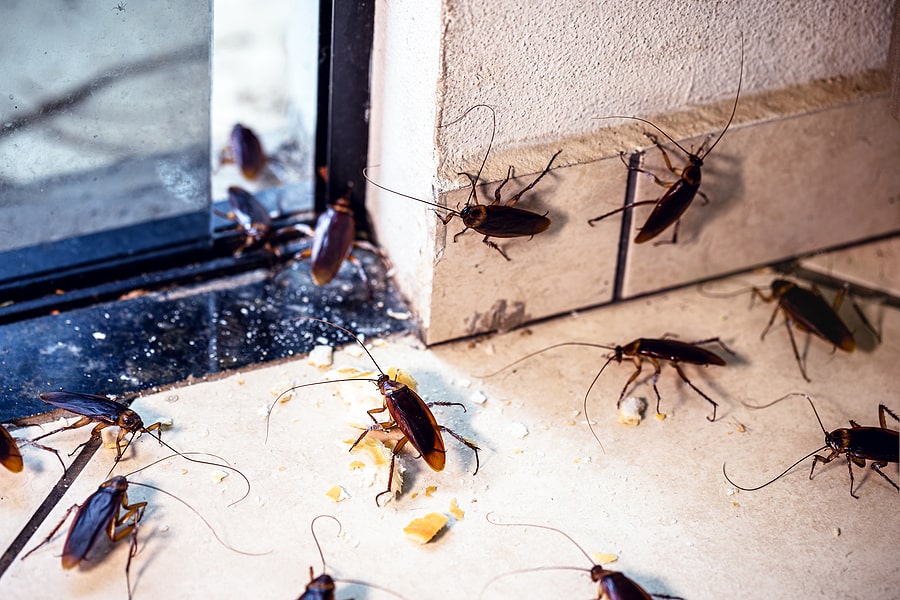
Roaches are resilient pests that have survived millions of years on Earth. Cockroaches are naturally tropical pests, preferring warm, humid habitats to thrive in. In fact, most species of roaches will die off at temperatures below 15 degrees Fahrenheit. Roaches have learned to adapt and are expert overwintering pests, making their way indoors to avoid exposure to cold temperatures and survive the winter.
There are four species of cockroaches in the United States that can survive year-round with the appropriate overwintering environment.
To answer the question above, roaches don’t necessarily die off in the winter. As long as they can find a warm place to shelter with a food source they can survive and reproduce year-round. The next question to ask yourself is, “How are they getting into my home?” Roaches can squeeze through openings as small as 3/16″ and will use any opening they find in your walls, siding, baseboards, and ceilings to get inside. Roaches are also notorious hitchhikers and will catch a ride indoors on bags, boxes, firewood, furniture, and appliances.
Keep roaches out this winter by:
If you have a problem with cockroaches or any other household pest, contact your local pest control company for an evaluation and treatment plan.
Mouse vs Rat: 5 Differences Explained